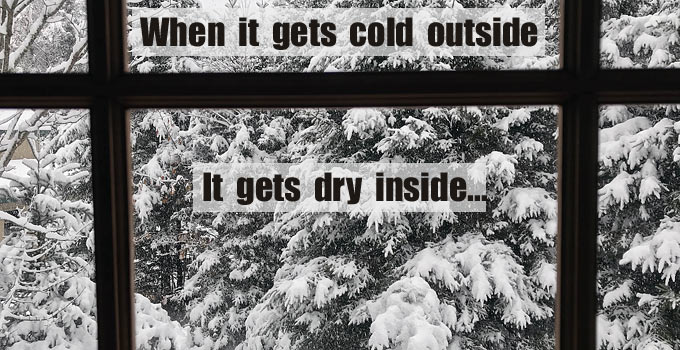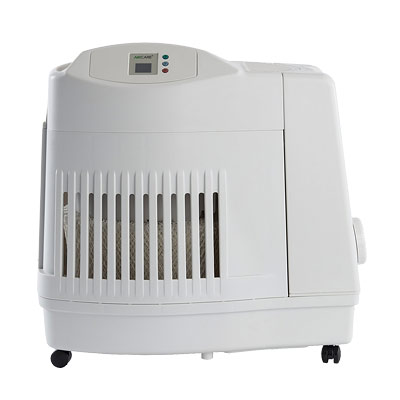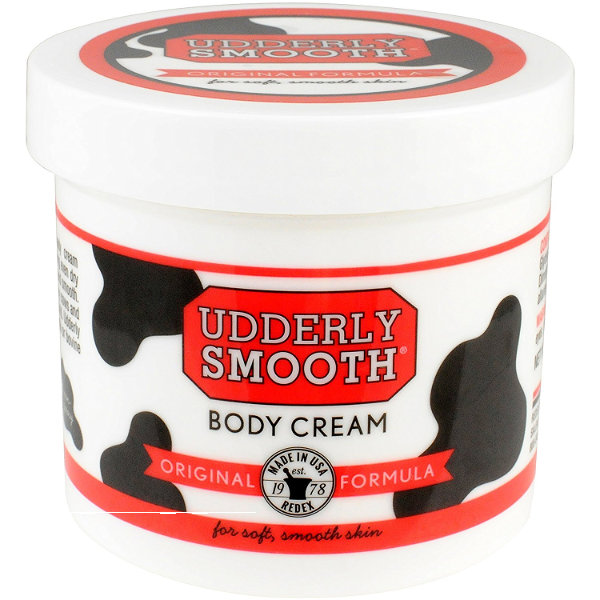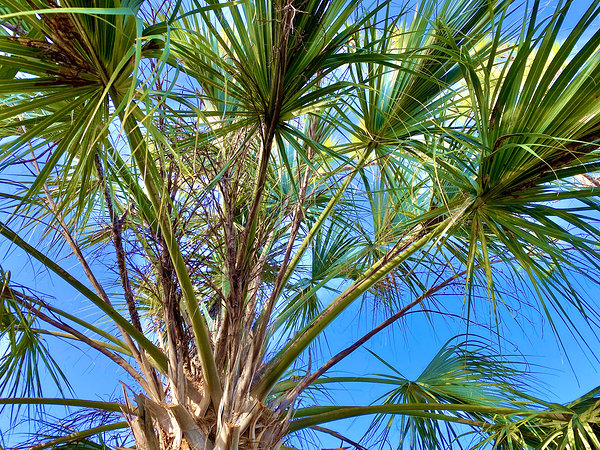Indoor Humidity During Winter – What Should It Be?

You might question, “What is the best indoor humidity level during winter?” That’s a good question…
Have you noticed how dry it gets inside your house during the winter?
Do you know what’s the best ideal indoor humidity level during the winter?
During winter months, the colder it gets outside, the drier the air gets inside!
First, to solve that problem get a humidifier!
This is the humidifier that I have. I’ve had it for years and it has performed quite well. I simply replace the wick, once or twice during each winter season. This is their current model:
Whole-House Console-Style Evaporative Humidifier
(view on amzn)

>>Jump to Humidity Recommendations
Why does it get so dry in the winter?
It’s just the way the science works. When it’s cold outside, and the heating system in your home warms up that air, the indoor humidity level drops. It gets drier.
When cold humid outdoor air is supplied and heated in a building – the relative humidity of the air is decreased.
And often it gets A LOT DRIER! To the point of being uncomfortable!
Here’s an example of what happens:
If the outdoor temperature during the winter is 20 degrees (F) and outdoor humidity is 60%, when heated indoors to 70 degrees (F) the indoor humidity level will drop to just 6% !
Your real world experience (from the example above) may result in slightly higher humidity levels in the home due to other factors.
– taking a shower generates humidity
– boiling water, cooking
– breathing
However the humidity level will still be low and dry!
What happens when it gets too dry inside the house?
When the indoor humidity level drops below 40%, you begin to notice.
But first, here’s what you don’t notice and you should pay attention to:
You begin to become dehydrated! Our natural perspiration quickly dries out. You probably won’t even feel thirsty at first. However be aware of this. It could lead to issues. Here’s an article I wrote about it:
[ Read: We Don’t Drink Enough Water During The Winter ]
DRY SKIN
That’s probably the first thing you notice during winter. For me, it’s my hands. They dry out first. But it’s everything. All your skin dries out. It even cracks when it gets real bad.
TIP: I’ve been using this stuff for years. Mainly on my hands. It’s great.
Udderly Smooth body cream
(view on amzn)

DRY NOSE
Then goes the nose. The mucus membranes dry out. That gets uncomfortable and annoying. Worst case you might even get a bloody nose…
CHAPPED LIPS
No explanation necessary. It happens during winter, inside or outdoors. We have plenty of Chapstick around the house, in the truck, wherever…
ITCHY SKIN
Yep, dry skin leads to itchy skin…
DRY EYES
Wear contact lenses? Say hello to lots of re-wetting drops. I used to wear contacts all the time. Years ago I switched over to mostly wearing glasses. My eyes just feel better that way. Although it can be a nuisance during winter when they fog up for various reasons. Like going indoors after being outdoors. Or out snowmobiling with my helmet on (I usually wear contacts for that scenario). Or putting on goggles during a snowstorm for whatever reason I might have to be outside…
STATIC ELECTRICITY
ZAP! Handle a fleece blanket and you’re gonna get zapped! Another effect is your hair standing out. Or you go to pick up your pet and he yelps as he gets shocked (followed by the nasty eye like you hurt him on purpose)! Oh, when you go to open that door and grab the door handle… ZAP!
OUR BODIES NEED MOISTURE!
We are about 75% water! Water is crucial to all of our internals. Very dry conditions (very low humidity) will essentially suck out the moisture from our bodies.
BEST INDOOR HUMIDITY LEVEL DURING WINTER
Okay, I’ve emphasized how it gets too dry indoors during the winter. But what should indoor humidity be in winter?
What’s my generally preferred humidity during winter? 40%
(HOWEVER, See Update below for very cold weather)
Why 40%? Because if I set the humidifier much higher, the edges of my window panes become excessively damp, and even frosty when the outdoor temperatures get really cold. I’m talking wicked cold… especially below 0.
My windows are dual-pane Anderson ‘high performance’. But they will still develop moisture around the edges when it’s extremely cold outside. So, even though 40% humidity will still result with some of this problem (when it’s insanely cold outside), it’s a good balance for me.
UPDATE
I now adhere to the following guideline for indoor humidity settings versus outdoor temperature. It has worked out pretty well to minimize moisture on the windows while still providing decent humidity indoors during the winter months.
Best Winter Indoor Humidity Level
What humidity should I set my humidifier to? Well, that depends a lot on the outdoor temperature.
Here’s a guideline for setting your winter indoor humidity level, based on outdoor temperature. This is meant to minimize moisture on your windows (depending on your own home).
A number of years ago my dad revealed this to me (his winter indoor humidity guideline secret). I started following it, and it worked pretty well at my place. So I’m sharing it with the world :)
Outdoor Temp. 20 – 40 degrees-F > Indoor Humidity 40%
Outdoor Temp. 10 – 20 degrees-F > Indoor Humidity 35%
Outdoor Temp. 0 – 10 degrees-F > Indoor Humidity 30%
Outdoor Temp. -10 – 0 degrees-F > Indoor Humidity 25%
[ Ken adds:
Anything below -10 degrees-F > Head to Florida. Actually, you might set that threshold a bit higher :)

CONCLUSION
A whole-house or large room humidifier placed in the main living area of your home will result in better health and well being during the winter.
Like I said earlier, I have the one linked above, and I simply replace the wicking element each year. It’s that time again…
[ Read: Carbon Monoxide Poisoning During Winter ]
